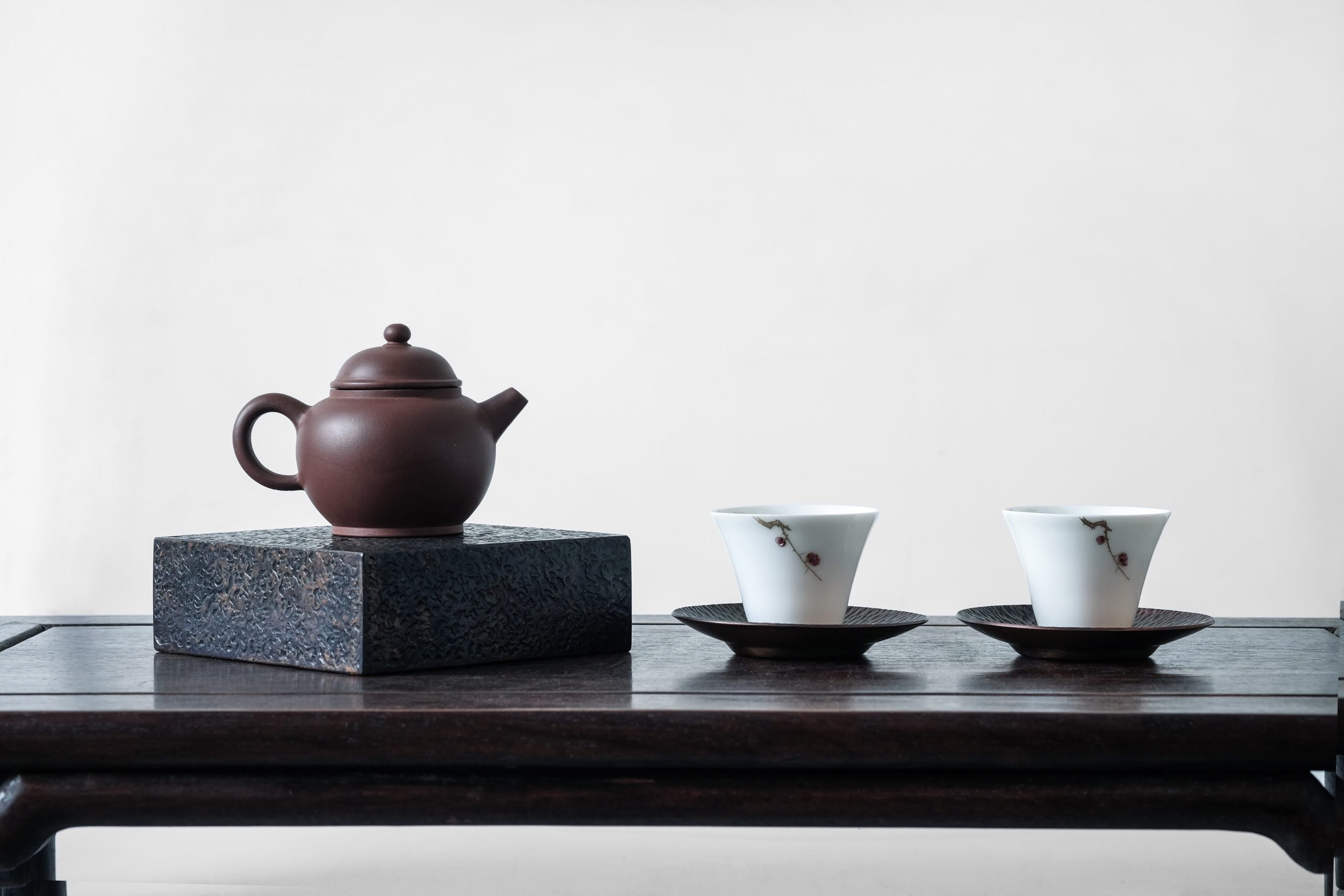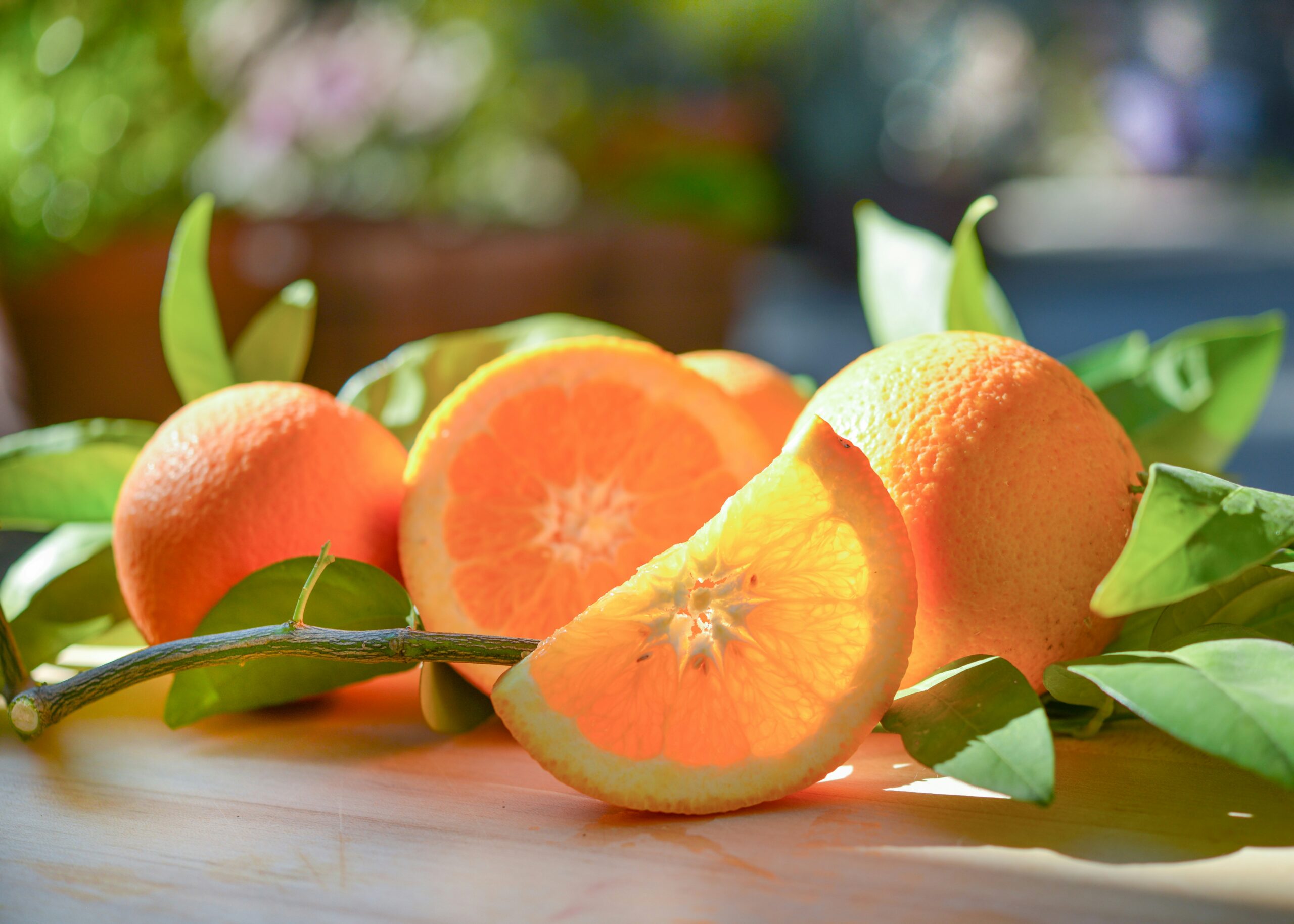Blogs » Non classifié(e) » How do you read tea leaves?
How do you read tea leaves?

In this article, I will discuss the pronunciation of tea leaves.
Many people might read it as (chaba). However, did you know that there is also the pronunciation « ちゃよう » (chayou)? (If you know this, you are probably involved in the tea industry.)
As for me, I didn’t know the reading (chayou) until I started studying to become a Japanese tea instructor. I remember being quite careful during the instruction exam for brewing tea, as using (chaba) instead of (chayou) was not acceptable.

Originally, (tea leaves) was read as (chayou) using on’yomi readings. Over time, the pronunciation shifted to (chaba), which combines on’yomi and kun’yomi readings (a type of reading known as jukugo-yomi). There are several theories about why this change occurred, including one that suggests the pronunciation (chaba) became more widespread due to commercials.
In any case, since (chayou) may not be understood by everyone, it’s safer to use (chaba) in everyday life.





